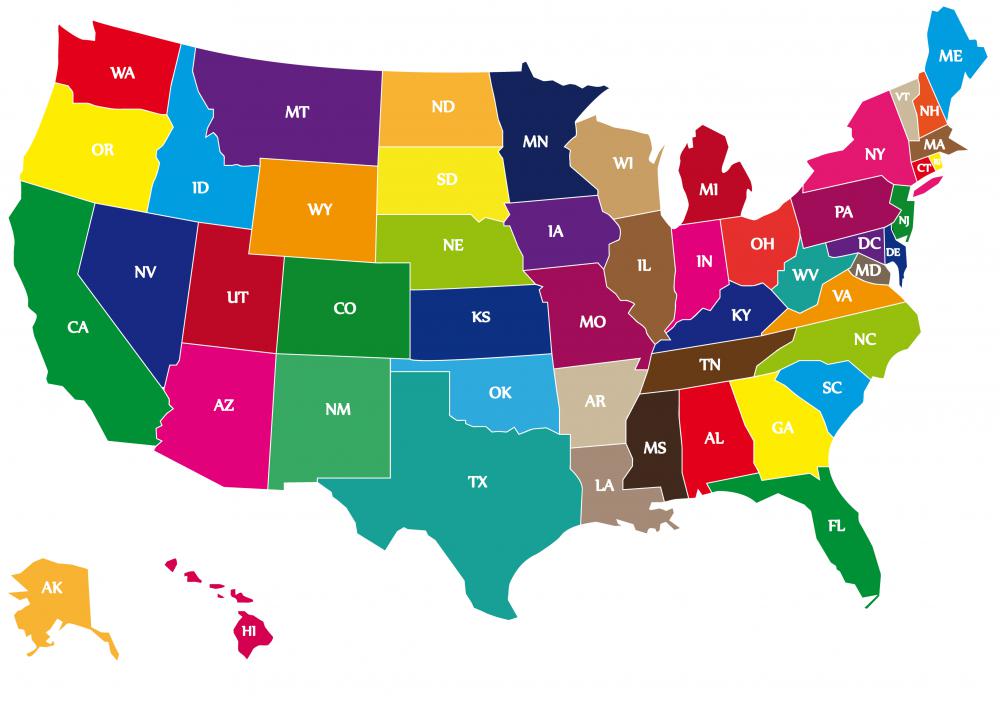At HomeQuestionsAnswered, we're committed to delivering accurate, trustworthy information. Our expert-authored content is rigorously fact-checked and sourced from credible authorities. Discover how we uphold the highest standards in providing you with reliable knowledge.
What Is Wisteria Frutescens?
Wisteria frutescens is a type of vine that can reach lengths of 50 feet (15 m). Native to the southeastern and midwestern United States, this species thrives in coastal wetlands and swamp areas. Wisteria frutescens can be found as far west as Texas, and as far north as New England, with higher volumes found in Florida and the Carolinas. This flowering vine serves as a habitat for a variety of species, including bees, butterflies, and insects.
This plant is known for its dark green pointed leaves, as well as its clusters of small purple-blue flowers. The flowers grow in bunches, so that many different blooms are supported by a single stem. It may grow out across a field, or grow up along fences and trees. Wisteria frutescens even grows along other bushes and shrubs, blanketing them with vines and flowers. This species also produces dark brown seed pods, which are poisonous to people and animals if consumed.

The Wisteria frutescens shares many characteristics with Chinese wisteria, but can be distinguished from the Chinese species by several key features. Chinese wisteria tends to grow larger and more quickly than American varieties, and is also considered a more invasive, or aggressive species. It's flowers also bloom earlier, but are unlikely to re-bloom later in the season. While Wisteria frutescens is fairly common in its native regions, Chinese wisteria is much more common throughout other parts of the world. Gardeners looking for reduced maintenance and a minimally invasive vine should choose Wisteria frutescens over Chinese wisteria species.
Scientists typically categorize types of Wisteria frutescens by the color of the plant's blooms. Standard varieties produce a general purple and/or blue flower. Magnifica species also produce deep purple and blue blooms, but are distinguished by bright yellow splashes of color on the petals. Nivea species are known for their white flowers, which may feature some pale blue or purple shades.
Wisteria frutescens grows best in direct sun, but can also tolerate periods of shade. Generally, the more sun exposure this plant receives, the larger its blooms will be and the faster the vine will grow. In optimal conditions, this plant blooms in the spring, then continues to re-bloom throughout the summer and autumn, depending on weather conditions and temperature. While gardeners may have to water these plants until they take root, Wisteria frutescens typically requires very little watering once the plant has been fully established.
AS FEATURED ON:
AS FEATURED ON:











Discuss this Article
Post your comments